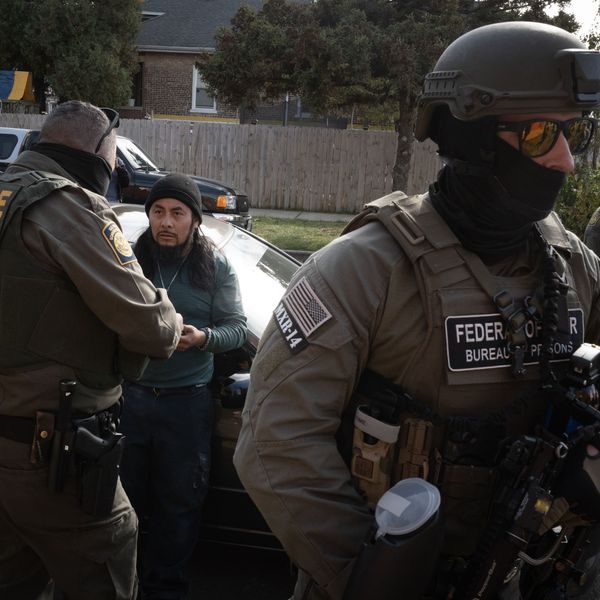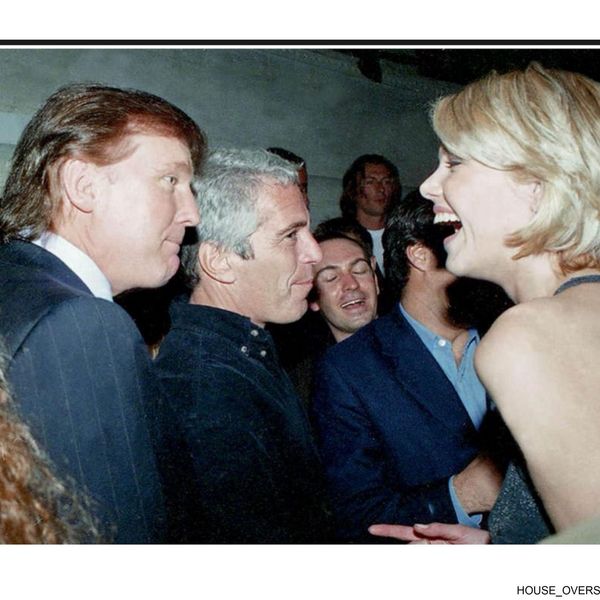The global spiral downwards towards less peace continues, the Institute for Economics and Peace (IEP) finds.
The findings are laid out in the think tank's latest Global Peace Index (GPI), now in its 10th edition, released Wednesday. It ranks 163 states and territories based on 23 indicators covering domestic and international conflict, societal safety and security, and a country's militarization.
Book-ending the 2016 index (pdf) are Iceland, ranking as the most peaceful country, and Syria, which ranks dead last. The United States comes in at 103, just behind Uganda and Guinea, while the UK comes in much further ahead at 47.
Putting a precise figure on the downward trend, the authors of the new index say the world has become 2.44 percent less peaceful since 2008. While 77 countries improved over the past decade, 85 countries fell.
Driving the decline is the impact of terrorism and political instability. Deaths from terrorism shot up 80 percent, while the number of countries suffering more than 500 deaths as a result of terrorist acts jumped from 5 to 11. And only 23 percent of all the countries on the index have been spared terrorist activity.
While the latest index shows that more countries improved than deteriorated (81 to 79) compared to the prior index, the level of deterioration outweighed the gains.
Europe is the most peaceful of the nine geographical regions on the new index, with North America coming in as the second. Not only did the Middle East and Africa (MENA) again rank last, it was also the region with the biggest drop since the previous index. Three of the five that fell compared to the prior year are also in that region: Yemen, Libya, and Bahrain.
"As internal conflicts in MENA become more entrenched," stated Steve Killelea, Founder and Executive Chairman of the IEP, "external parties are increasingly becoming more involved and the potential for indirect or 'war by proxy' between nation states is rising. This was already evident in Syria with the conflict between the Assad regime and multiple non-state actors, and is now spilling into countries such as Yemen. There is a broader proxy conflict between Saudi Arabia and Iran, and more recently both U.S. and Russia have increased their level of involvement."
On top of that region's conflicts, the report notes that the UN Refugee Agency described over 57 million people in 2015 as refugees, internally-displaced people, or others of concern.
Among the highlights, as noted in the report:
- Two indicators improved by more than ten percent, external conflicts fought and UN peacekeeping funding.
- The total number of deaths from terrorism rose from less than 10,000 in 2008 to over 30,000 in 2014.
- Terrorism is at historical levels, battle deaths are at a 25-year high, and the number of refugees is at a level not seen in sixty years.
- Internal peace and the societal safety and security domain declined every year for the past eight years.
- Nine countries have more than ten percent of their population displaced in some form, with Somalia and South Sudan both having more than 20 percent and Syria over 60 percent.
Another finding, as noted by the Independent, is that "only Botswana, Chile, Costa Rica, Japan, Mauritius, Panama, Qatar, Switzerland, Uruguay and Vietnam are free from conflict."
There's another sobering point in the report: while the ten-year trend downward has continued, there's been more spending on violence than peace. The price tag on the violence added up to $13.6 trillion in 2015, or 13.3 percent of gross world product. Investments in peacekeeping and peacebuilding, in contrast, totaled $15 billion.
Even a meager improvement could bring about big dollar value. Killelea notes that "peacebuilding and peacekeeping spending remains proportionately small compared to the economic impact of violence, representing just 2% of global losses from armed conflict. Addressing the global disparity in peace and achieving an overall 10% decrease in the economic impact of violence would produce a peace dividend of $1.36 trillion. This is approximately equivalent to the size of world food exports."
Achieving sustainable peace is paramount, the report notes, as "international cooperation on an unprecedented scale" is needed to address the "unparalleled challenges" facing the world including "climate change, decreasing biodiversity, increasing migration, and over-population."


